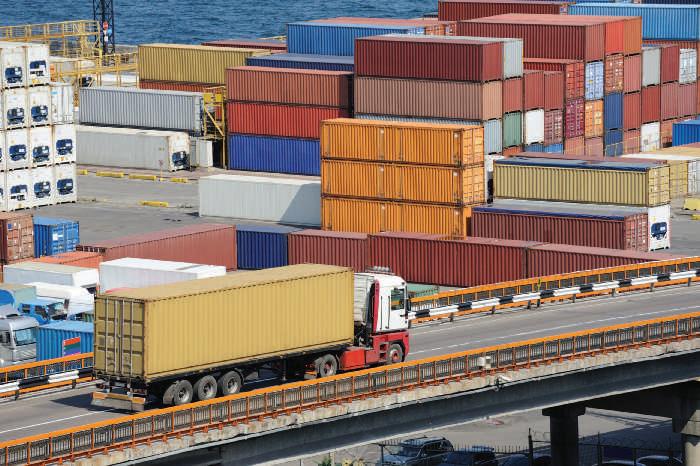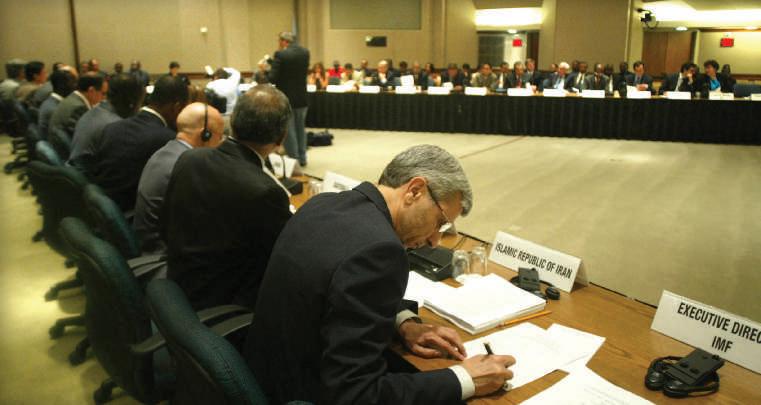65
HABIB KOUYATE/AFP/Getty Images
T h e E conomic Geo g ra p h y of R e g ional I nte g ration
Regional integration group. The West African Economic and Monetary Union helps less fortunate members.
Monetary Union adopted a common, external, revenue-sharing tariff in 2000. The two more economically advanced countries of the union, Ivory Coast and Senegal, collected 60 percent of customs proceeds, but retained only 12 percent. They shared the remainder with the other member countries to help develop those regions.4
3-2b M ajor Classes and Characteristics of Regional Integration The merits of global versus regional trade agreements have been debated for many years. In global trade agreements, the tariff and nontariff barriers that were discussed in Chapter 2 are reduced or eliminated using WTO’s most favored nation (MFN) rules. Under regional trade agreements, conversely, tariff and nontariff barriers are reduced only among regional member countries. When regional or bilateral trade pacts do not discourage trade with countries in other regions, they can help; otherwise, regional integration is not advisable. How countries can best gain access to markets within their neighborhoods and across the world becomes a lingering question. With the right combination of policy actions, countries that are the most geographically disadvantaged (e.g., landlocked countries) can overcome their challenges. This can be measured by determining whether or not market access noticeably improves with the implementation of new policies. In general, countries within trading blocs that have significantly lowered trade barriers have done better economically than others. Cyprus, for example, decided to join the European Union in 1990 and started the process of lowering its tariff barriers to EU levels. By 2004, when Cyprus was officially admitted to the EU, economic growth had started to Copyright 2017 Cengage Learning. All Rights Reserved. May not be copied, scanned, or duplicated, in whole or in part. Due to electronic rights, some third party content may be suppressed from the eBook and/or eChapter(s). Editorial review has deemed that any suppressed content does not materially affect the overall learning experience. Cengage Learning reserves the right to remove additional content at any time if subsequent rights restrictions require it.







































